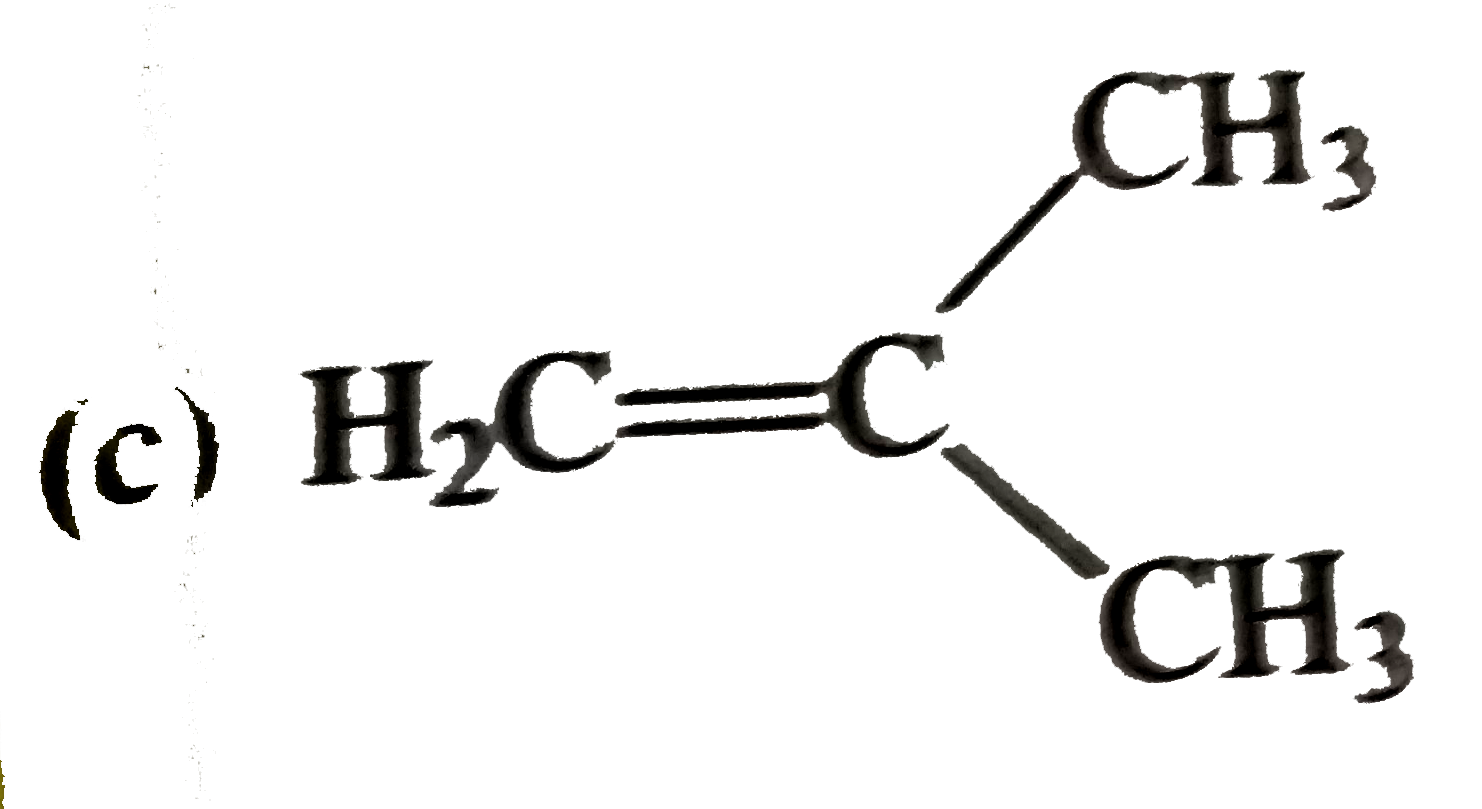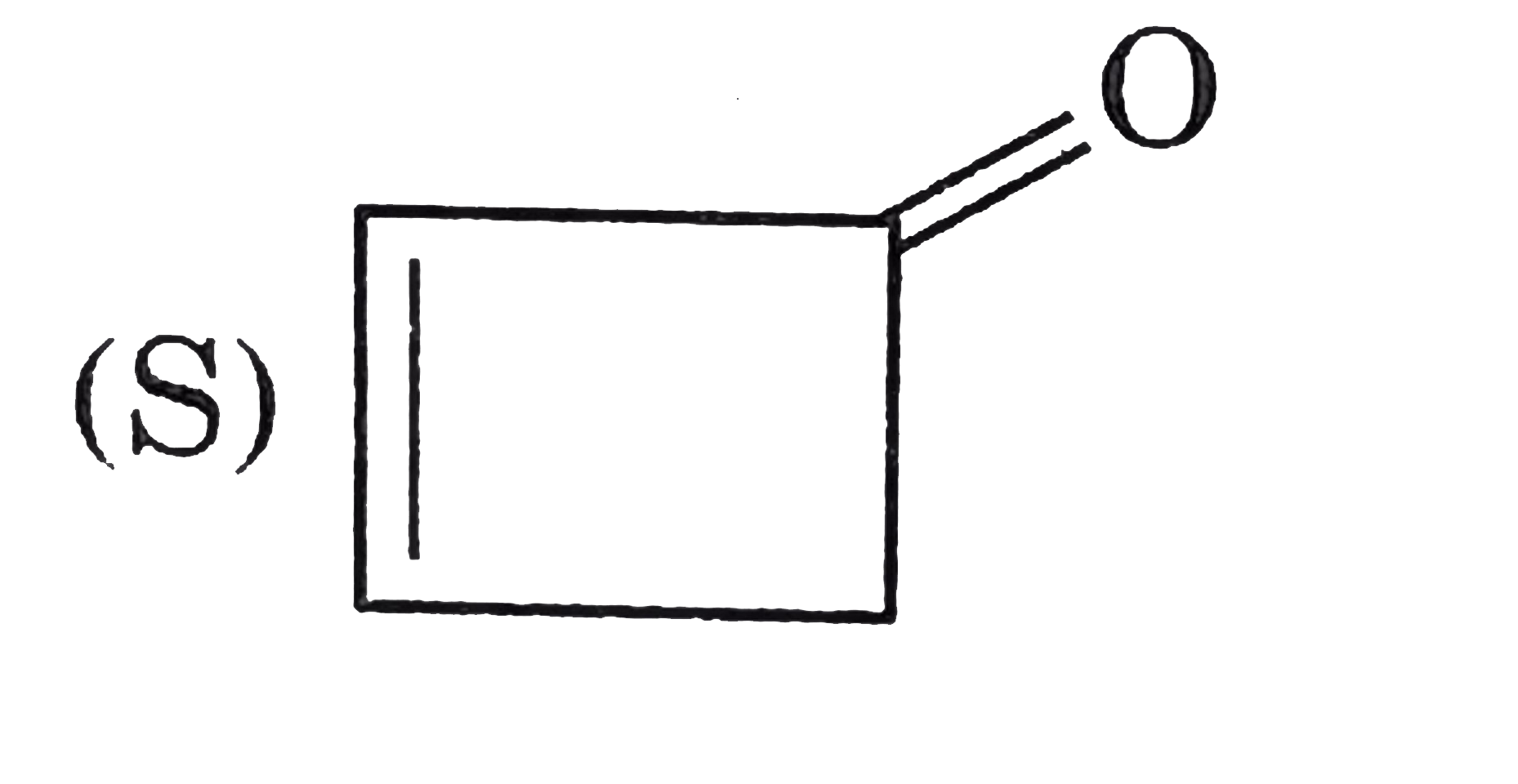The Hunsdiecker reaction is believed to proceed by a free radical mechanism and involves the formation of an acyl hypohalite.
A. R−O||C−O−Ag+Br2→R−O||C−O−Br+AgBr
B. R−O||C−O−Br→R−O||C−.O+B.r
C. R−O||C−.C→R.+CO2
D. R∙+R−O||C−OBr→R−Br+R−O||C−O.
Ph−CH=CH−C∣CH3H−O||C−OAgBr2−−→Δ Product
The major product is :
A
Ph−CH=CH−C∣CH3H−Br
B
Ph−Br∣CH−CH=CH−CH3
C
PH−CH=Br∣C−CH2−CH3
D
Ph−CH=CH−C∣CH3H−CH2Br
Text Solution
The correct Answer is:B
|
Topper's Solved these Questions
- CABOXYLIC ACIDS AND ITS DERIVATIVESBOOK - HIMANSHU PANDEYCHAPTER - CABOXYLIC ACIDS AND ITS DERIVATIVESEXERCISE - Linked Comprehension Type (Q.26 To Q.27)
2 Videos
- CABOXYLIC ACIDS AND ITS DERIVATIVESBOOK - HIMANSHU PANDEYCHAPTER - CABOXYLIC ACIDS AND ITS DERIVATIVESEXERCISE - Match The Column
6 Videos
- CABOXYLIC ACIDS AND ITS DERIVATIVESBOOK - HIMANSHU PANDEYCHAPTER - CABOXYLIC ACIDS AND ITS DERIVATIVESEXERCISE - More Than One Correct (Q.50 To Q.50)
1 Videos
- BIOMOLECULESBOOK - HIMANSHU PANDEYCHAPTER - BIOMOLECULESEXERCISE - Match The Column
6 Videos
- CARBONYL COMPOUNDSBOOK - HIMANSHU PANDEYCHAPTER - CARBONYL COMPOUNDSEXERCISE - Subjective Type Problems
10 Videos
Similar Questions
Knowledge Check
The Hunsdiecker reaction is believed to proceed by a free radical mechanism and involves the formation of an acyl hypohalite.
A. R−O||C−O−Ag+Br2→R−O||C−O−Br+AgBr
B. R−O||C−O−Br→R−O||C−.O+B.r
C. R−O||C−.C→R.+CO2
D. R∙+R−O||C−OBr→R−Br+R−O||C−O.
The rate determining step is :AStep IBStep IICStep IIIDStep IVThe Hunsdiecker reaction is believed to proceed by a free radical mechanism and involves the formation of an acyl hypohalite.
A. R−O||C−O−Ag+Br2→R−O||C−O−Br+AgBr
B. R−O||C−O−Br→R−O||C−.O+B.r
C. R−O||C−.C→R.+CO2
D. R∙+R−O||C−OBr→R−Br+R−O||C−O.
H3C−CH3∣C∣CH3−O||C−OAgBr2−−→Δ Major product:AH3C−CH3∣C∣CH3−CH2−BrBH3C−CH3∣C∣CH3−BrC DH3C−CH3∣C∣CH3−CH3∣C∣CH3−CH3
DH3C−CH3∣C∣CH3−CH3∣C∣CH3−CH3R−O∣∣C−Cl+Z→R−O∣∣C−R
The reagent Z is :AR2CuLiBR2CdC(Ph3P)3RhClDH2−Pd/BaSO4
Decreasing order of enol conten of the following compound in liquid phase :
CH3−O∣∣C−CH2−O∣∣C−O−Et
CH3−O∣∣C−CH2−O∣∣C−CH3
Ph−O∣∣C−CH2−O∣∣C−Ph

View SolutionH−O∣∣C−O∣∣C−HCH3MgBr(excess)−−−−−−−−−−−→H⊕3O Product :
View SolutionThe product of the reaction is CH3−CH2−O∣∣C−OAgBr2−−−−−→Δ Major product
View SolutionThe IUPAC name of CH3−C∣CH3H−CH2−O∣∣C−Br is
View SolutionThe molecules CH3−O∣∣C−CH2−O∣∣C−O−C2H5 and CH3−OH∣C−OH−O∣∣C−O−C2H5 are
View Solution
